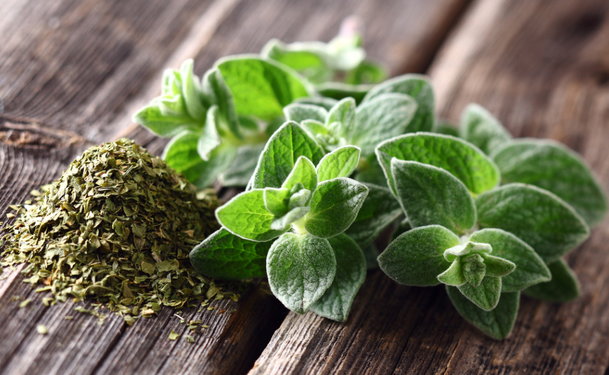Fungal infections can attack various parts of the human body. Ringworm is one such fungal infection that can occur on your scalp or any part of your body. The most commonly affected parts are the scalp, legs, hands and nails. This infection causes red circular ring shaped rashes on the infected areas. It causes considerable discomfort because of severe itchiness and an unsightly appearance. More than these discomforts, it is contagious and can spread easily if proper treatment is not given.
Although there are certain preventive measures to stop this infection, proper knowledge of the treatment options can be of great help if you or someone in your family gets infected.
1. Topical Medication
When the ring worm infection is mild and has just started, it can be easily cured by applying anti-fungal ointments on the areas with rashes. Commonly used ointments are Ketoconazole, Miconazole, Terabinafine and Clotrimazole. These are available in pharmacies.
2. Oral Medication
Oral medication is prescribed in severe or fully spread cases of infections. Oral medications such as Itraconazole, Ketoconazole, Griseofulvin or Terbinafine are generally prescribed. When ringworm infection affects the scalp, it has to be treated immediately with oral medication. If left untreated, it makes the hair brittle in these areas and eventually hair will be lost in circular patches along the infected regions. Anti-fungal medicine like Lamisil is better for curing the nail ringworm infection, as topical application may not be effective in nail infections.
3. Herbal Treatment
Using topical application or consuming oral medication for a longer period may cause potential side effects. Hence, many people opt for a safer herbal remedy for this fungal infection. Apart from this, most of the herbal remedies can be used with ease at home.
- Oregano: Apply 3 drops of oregano oil for 3 to 4 times daily in the infected area and massage it gently. Usually, the infection will vanish within a week with this treatment.
- Garlic: Garlic, when combined with other herbs, is an excellent antifungal and antibacterial agent that inhibits the growth of microorganisms, thereby reducing the infection. Even rubbing crushed garlic on the rashes will give results.
- Tea Tree Oil: Add few drops of tea tree oil in coconut or olive oil and apply this to the ring worm rashes. As this oil destroys the fungi, the infection will fade with time.
Other commonly used home remedies are using turmeric paste, basil leaves paste or mustard seed paste on the rashes. The rubbing of raw papaya flesh on the rashes can also reduce the infection.
Following the simple preventive measures like maintaining personal hygiene is far better than suffering from such fungal infections. After trying herbal or over-the counter topical ointments, if the infection does not subside, then it is time to visit a dermatologist who will properly diagnose the infection and provide adequate treatment. Seeking emergency medical care for ringworm is not common; however, it may become an emergency at times when ringworm infection is accompanied by severe pain, fever, swelling or the drainage of fluids.



